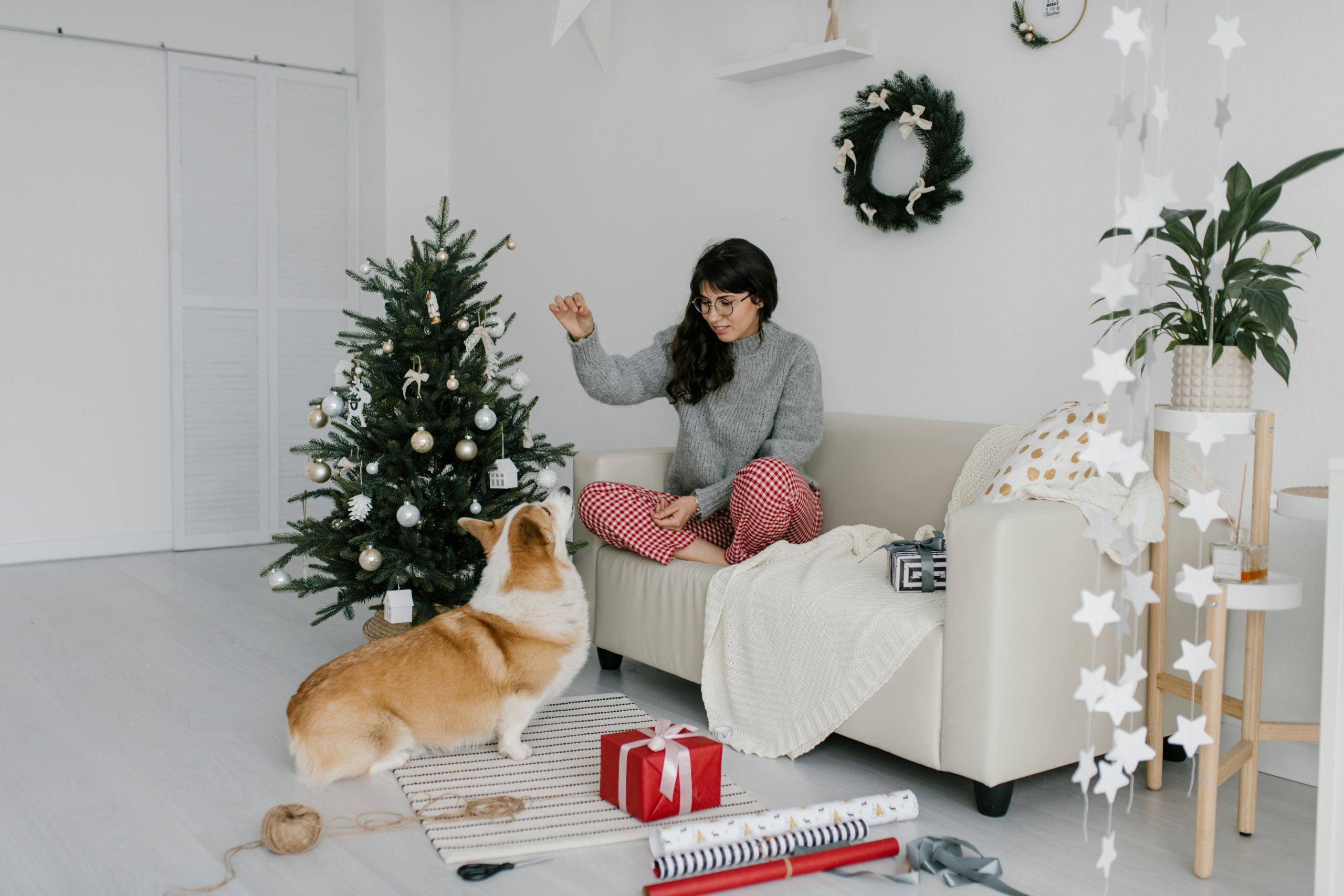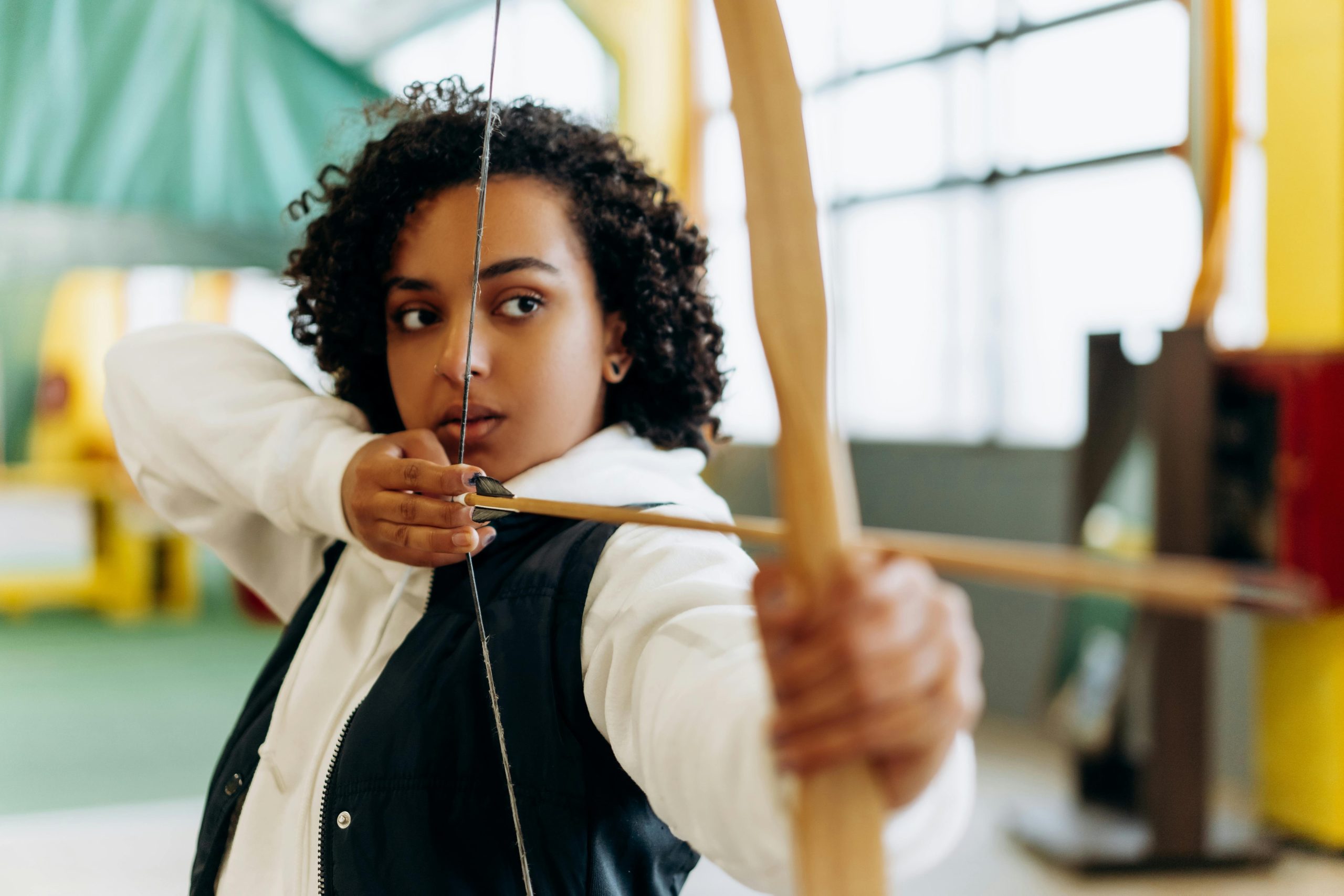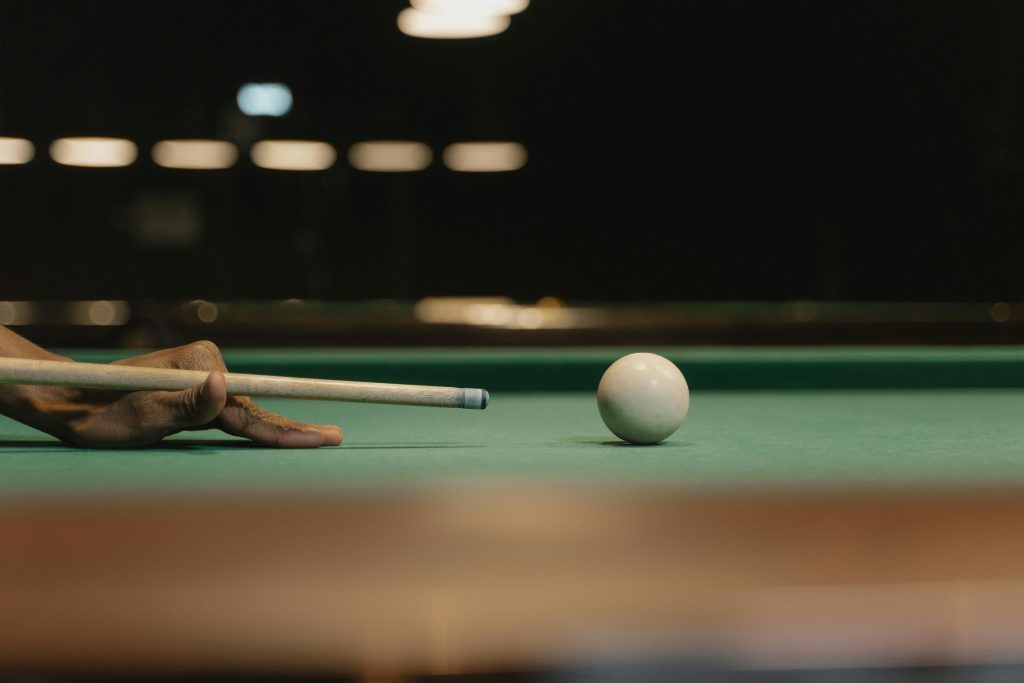Ever tried teaching your dog to high-five, only to end up with more paw-misses than paws-ons? If you’ve ever felt like a mime stuck in an invisible box during training sessions, you’re not alone. Teaching our furry friends through hand target placement is one of the most effective yet misunderstood methods in pet training. But don’t worry—this comprehensive guide will help you turn those training misfires into triumphs!
In this article, we’ll explore:
- What hand target placement is and why it’s essential.
- A step-by-step process to master the technique.
- Tips to avoid common training mistakes.
- Real-life examples proving its effectiveness.
Table of Contents
- Introduction to Hand Target Placement
- Key Takeaways
- The Problem: Why Does Hand Targeting Matter?
- Step-by-Step Guide to Hand Target Placement
- Top Tips for Perfect Pet Training
- Success Stories and Examples
- FAQs About Hand Target Placement
- Conclusion
Key Takeaways
- Hand target placement teaches pets to touch their nose or paw to your hand, creating a foundation for advanced commands.
- This method builds trust and strengthens the bond between pet and owner.
- Consistency and patience are key; skipping steps can lead to confusion.
The Problem: Why Does Hand Targeting Matter?

Pet owners everywhere know the struggle all too well. Dogs jumping on guests instead of calmly sitting. Cats knocking over lamps because they just *can’t* resist. And let’s not forget about parrots who decide biting fingers feels better than minding their manners.
Enter hand target placement—an underrated hero in behavioral modification. When done correctly, it lays the groundwork for complex skills such as agility courses or therapy work. For instance, once my Labrador learned to target my palm reliably, he could navigate obstacle poles without me even speaking (talk about #PetGoals).
Step-by-Step Guide to Hand Target Placement
Step 1: Luring Your Pet Toward Your Hand
Start by holding out your open palm near your pet’s face but slightly out of reach. Use small treats to encourage them to move closer to your hand. Once their nose touches your palm, reward immediately. Timing here is everything—it’s chef’s kiss critical.
Step 2: Adding Verbal Cues

After several successful repetitions, add a verbal cue like “touch” or “target.” Make sure the cue comes right before your pet moves toward your hand, not after. Consistent phrasing helps solidify the connection between action and command.
Step 3: Gradually Reduce Treat Dependence
Here’s where many people trip up—they keep using treats forever. Instead, alternate rewards like praise, toys, or scratches behind the ears to mix things up. This transition prevents dependency and keeps your pet engaged.
Top Tips for Perfect Pet Training
- Be Patient: Some pets need days or weeks to fully grasp targeting.
- Short Sessions Rule: Aim for 5-10 minute sessions to maintain focus.
- Avoid Distractions: Train in quiet spaces until confidence grows.
Pro Tip Gone Wrong: Don’t yell if your pet misses the mark. Just…don’t do it. It’s like throwing spaghetti at the wall hoping something sticks. Spoiler alert: No one wins.
Success Stories and Examples
Check out Bella, the rescue Border Collie who went from shy couch potato to star pupil thanks to consistent hand targeting practice:

Or Max, the hyperactive Chihuahua whose redirection improved dramatically once his humans implemented target training daily.
FAQs About Hand Target Placement
Q: Is Hand Target Placement Suitable for All Pets?
A: Absolutely! While dogs excel at it, cats, birds, and even rabbits can benefit from this versatile method.
Q: How Long Does It Take to Master?
A: Every pet learns differently. Some may get it within a few days, while others might take weeks.
Q: Can I Combine Hand Targeting with Other Commands?
A: Yes! In fact, combining it with stay, sit, or fetch multiplies its utility. Just ensure basics are strong first.
Conclusion
By now, you’re armed with everything needed to ace hand target placement, transforming rookie errors into rock-solid obedience routines. Remember, progress often sounds like your laptop fan during a 4K render—slow and steady until BAM, success hits like a meme-worthy explosion.
So go ahead, try these tips (and maybe invest in some extra treats). Or, ya know, don’t—but ONLY IF coffee’s involved. Because nothing gets done otherwise. 😉
“Like Pokémon evolution, your pet’s progress takes care, clicks, & consistency.” 🌟


